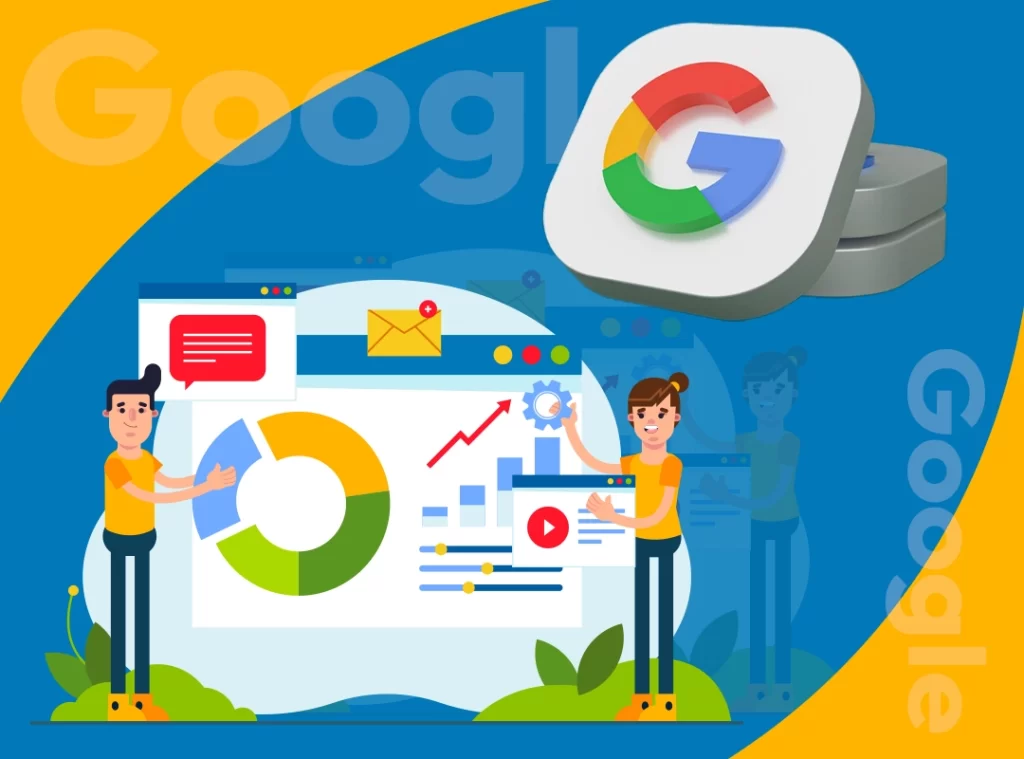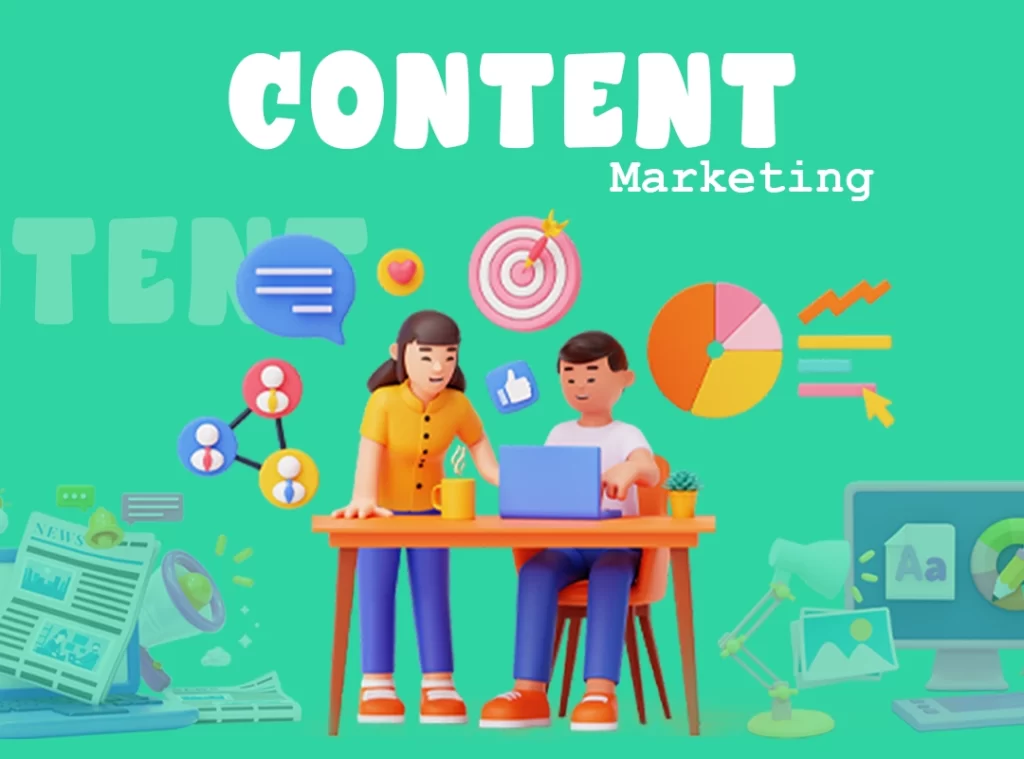How to Rank Higher in Mobile Search with Mobile-First Indexing
Table of Contents
Mobile-first indexing is now a common term that is primarily used when we talk about website optimization. If you are still wondering what it is, no need to read between the lines, considering the word is specific in what it means.
We can safely say that Google has shifted its focus from Desktop to mobile-first indexing. Yes, Google primarily uses the mobile version of the site’s content to index and rank a website.
Why, you may ask? Why not? In view of the fact that users highly use mobile phones in comparison to desktops for any searches they do or tend to do, making a website mobile-friendly is vital.
Now let us look into more about Mobile-first indexing, why it is needed, and what makes a mobile-friendly website.
It’s time to optimize for mobile-first indexing and boost your search rankings. Contact us for a customized strategy that fits your business.

Mobile-first Indexing - What it is and why is it important?
All the new websites have mobile-first indexing enabled by default. For long-term websites, the crawlers go by the book of guidelines they usually follow for a good user experience.
The website structure and content must be optimized for mobile view.

How to check if your website is already on Mobile-first indexing?
Make use of the wizardly wand “Google Search Console” to check your website. Enter your URL in the search console tool to inspect the webpage and check whether the section “Crawled as” is Google Smartphone. That is it, if yes, you are already on it.
Trust me, there is no going back from here, literally. It is a one-way street because there is no uncheck option for Mobile-first indexing.
Key Elements for Mobile Optimization
Website designing and development is a matter of great significance for any business now. Making a user visit your website is the key step, and to make it happen, one needs to focus on user experience.
Any websites that are designed should cater to two parties,
-
- User
- Search Engine
Search Engine takes a cue from user experience factors to provide the best possible results in SERP. These factors impact the ranking of websites to a wide extent. Optimizing your website for mobile-first Indexing starts with working on the below factors:
-
- Responsive web design
- Page Speed
- Content on Desktop and Mobile
- Structured data
- Optimized Media content
- Metadata and robots meta tag

Responsive web design :
A responsive web design is designing web pages that look the same on all devices. It is serving the same HTML code on any device whenever the URL is called. The design will adjust the screen and content based on the device’s size.
Page Speed :
Users do not lurk around a loading page for long, so your website has to be quick to load on any device. Especially on mobile devices, users’ thumbs are quick to press back, and you may lose visitors if your website takes too long to load.
Making sure your landing page does not have redirects, performing minification, optimizing image sizes, and removing render-blocking JavaScript are common practices to improve page speed. Check your website’s speed performance with Google’s page speed insights.
Content on Desktop and Mobile :
Some website owners use coextensive content on Desktop and mobile, but using the same content is highly helpful to make the crawlers rank your website for the same keywords on any device. One can choose to change the design for mobile devices if needed, but make sure the content is primarily the same. This is to avoid confusing Google that both are different contents.
Structured data :
Data is structured in a web page for search engines to know what the content is about. These structured data tell the search engines what the content is and in turn, provide exact results to the user queries.
Furnishing perfect, factual, and accurate content on the web page is just one part of the job, but labeling them for crawlers to identify them to get the lay of the land is just brilliant.
It makes search engines’ work easier, and they do not need to speculate on their own.
Optimized Media content :
Media content in the webpage is the visual and audio content available on the website. It includes but is not limited to,
-
- Images
- Videos
- Audio files
- Animations
- Infographics
It is imperative to use these media files in the best way without interrupting the user experience.
-
- Use images with good quality and resolution that is in supported formats
- Ensure the mobile page quality is as good as that of the desktop Use a descriptive alt-text for the images
- Do not use the URLs that keep changing every time the page loads
- Display the media files like images and videos where it is easy on the eyes

Metadata and robots meta tag :
It is recommended not to use different Metadata and robots meta tags. Different Metadata may lead to discrepancies for the search engines to display in SERP. And, different robots meta tags can make the crawlers fail to crawl and index the pages. In both cases, using different information will affect the SERP results.
In summary, mobile-first indexing may look tedious to implement on the website, but keep in focus that it is all about the best mobile user experience.
Follow the tips and guidelines to provide the best user experience and try not to meddle with the search engine’s judgments. Then you are all set and good for sail.






